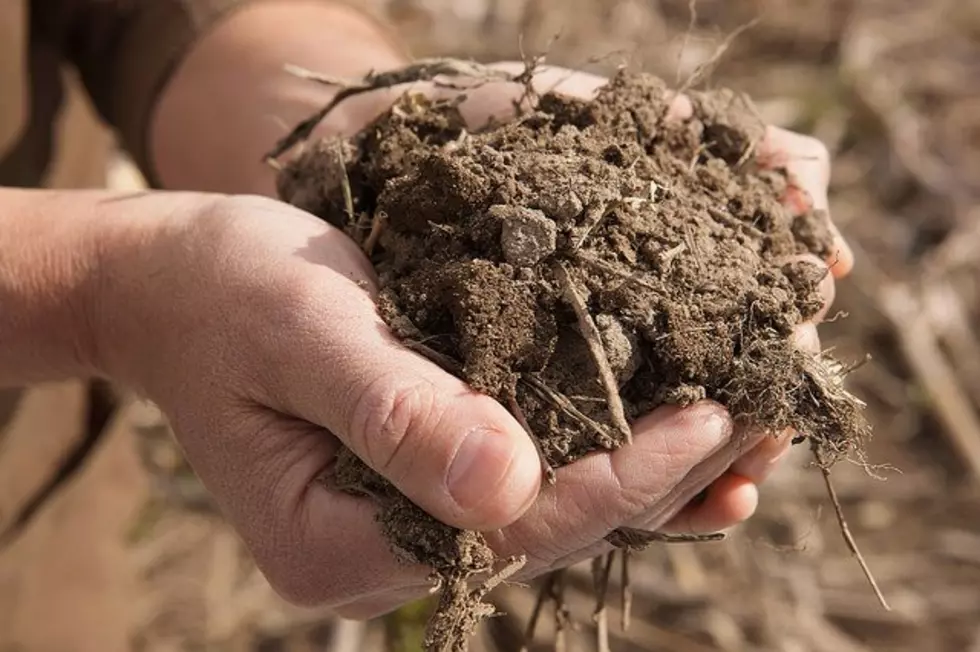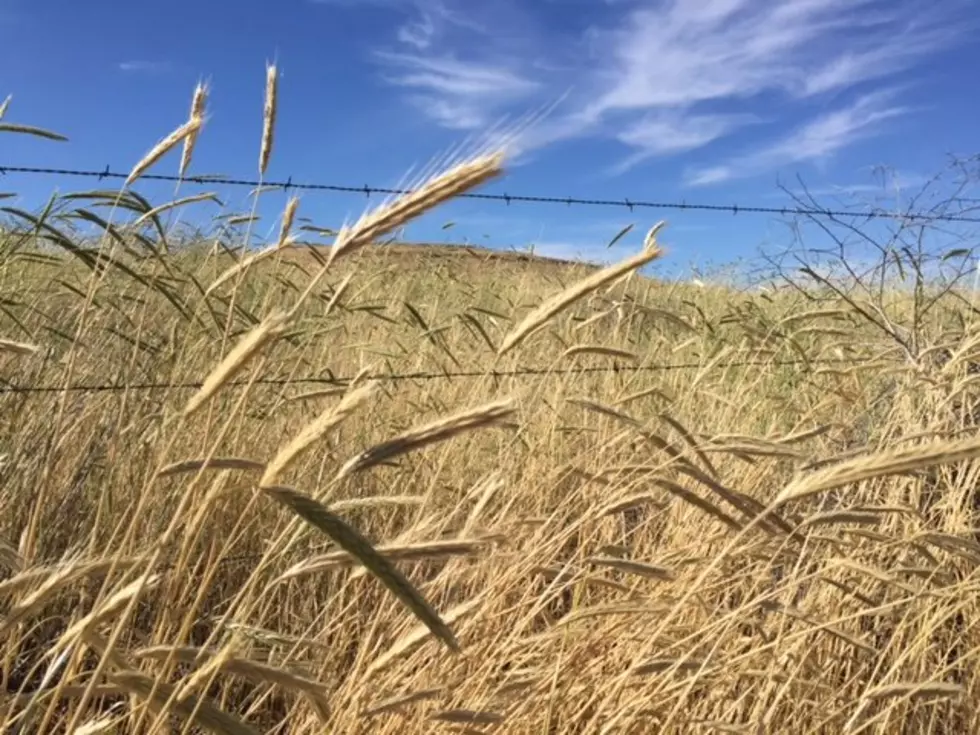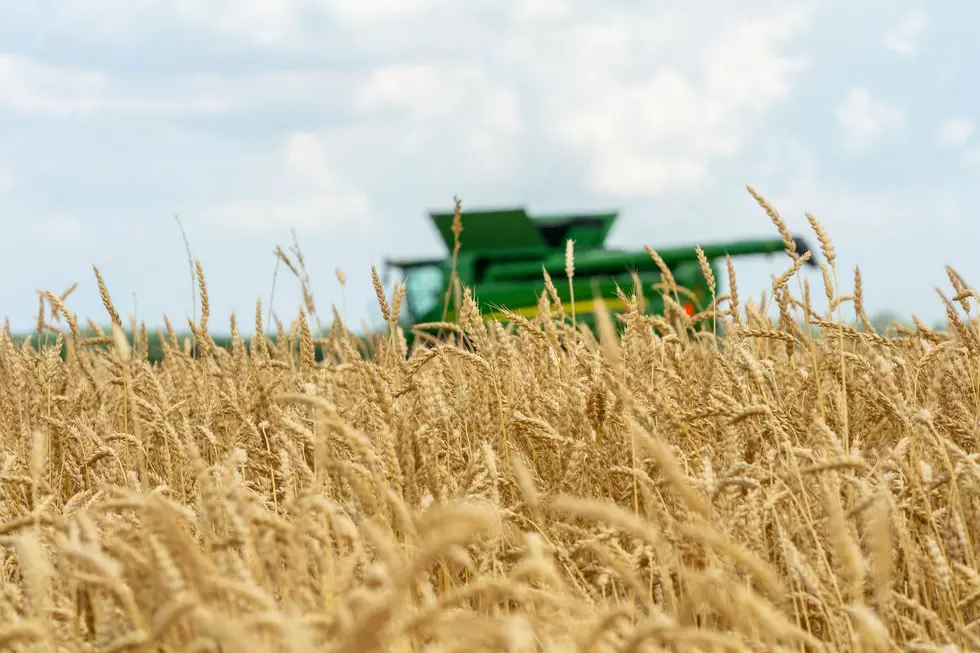Cover Crops: Beyond the Field and in the Garden
Cover crops aren’t just for your fields anymore, they are beneficial to your garden, too. The University of Illinois Extension said using cover crops in the home garden has many benefits, including soil structure, drawing nutrients up from deep in the soil, and increasing soil fertility. Cover crops are planted before a garden is planted or after harvest and can also be planted in areas that are unused for the season. There are two types of cover crops to consider, warm-season and cool-season.
Warm-season cover crops are planted in spring or summer before the garden is planted or in a fallow area. Buckwheat, cowpeas, and crimson clover are warm-season are common cover crops used in the home garden. Cool-season cover crops are planted in late summer or early fall after the vegetables are harvested. Oats, winter wheat, winter rye, and crimson clover can be used as cool-season cover crops. After cutting down the cover crop, leave the cut portion as a mulch on top of the soil or till it into the ground.
If you have a story idea for the PNW Ag Network, call (509) 547-1618, or e-mail gvaagen@cherrycreekmedia.com
More From PNW Ag Network









